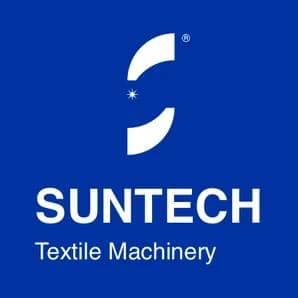In today's textile industry, with the increasing trend of order diversification and tight delivery deadlines, companies are facing the dual challenges of how to improve packaging efficiency and reduce manpower input while ensuring product quality. Especially in the fabric roll packaging process, traditional manual methods have gradually failed to meet the requirements of efficient, standardized and low-cost modern production. The emergence of automated packaging solutions is becoming an important breakthrough for more and more companies.
Manual Packing: Inefficient, Error-Prone, and High Cost
In many textile factories, the packaging of fabric rolls still relies on manual work. The operation process usually includes multiple steps such as fabric roll handling, film wrapping, edge sealing, and label pasting. The seemingly simple process actually consumes a lot of manpower and time.
First, the operation relies on skilled workers, especially during peak order periods. In order to meet delivery needs, temporary recruitment or overtime work is often required; secondly, the packaging quality is difficult to unify, and problems such as inconsistent tightness of manual film wrapping, irregular edge processing, and random label pasting positions frequently occur, affecting the brand image and customer experience; more importantly, the rising labor costs have made the manual packaging model gradually lose its competitiveness in economic benefits.
Advantages of Automated Packing
The introduction of automated cloth roll packaging machines can fundamentally change the above dilemma. Through systematic process control and intelligent operation, enterprises can not only significantly improve packaging efficiency, but also achieve labor savings in multiple dimensions.
One Device Replaces Multiple People's Work
Traditional manual packaging requires 2 to 3 people to collaborate, while a fully automatic cloth roll packaging machine usually only requires 1 person to monitor and operate continuously, greatly reducing the dependence on operators. Especially in the context of tight staff and difficult recruitment, this advantage is more prominent.
The Whole Process is Completed Automatically, Without Repeated Handling
Modern equipment can realize the automatic operation of the whole process from cloth roll feeding, film rolling, edge sealing, labeling to discharging, reducing the number of cloth rolls transferred within the workshop, saving handling manpower, and reducing the collision loss during operation.
Unified Packing Standards and Reduced Rework Risks
The equipment performs operations according to the set parameters, is not affected by manual fatigue or experience differences, and can ensure that the packaging of each roll of cloth is consistent, the appearance is neat, and the label is clear, which greatly reduces the rework and repackaging caused by unqualified packaging.
Connect with the Front and Rear Production Lines, and the Process is Smoother
The automatic packaging system can be linked with equipment such as cloth inspection machines and automatic sorting systems to achieve seamless connection from inspection to packaging and then to warehousing, avoiding multi-link human intervention and further releasing human resources.
Application Value
Saving labor is only the first layer of value brought by automated packaging. From a more macro perspective, it brings the systematization and controllability of the entire packaging process to the enterprise.
Stable production capacity output: no need to worry about production interruptions due to employee leave, mobility and other issues;
Improve delivery response capabilities: efficient packaging capabilities allow companies to more calmly deal with large-volume and urgent orders;
Optimize staffing structure: release human resources from repetitive operations and invest in more technical or value-added positions;
Support the scale development of enterprises: the automation system has the ability to expand, and can be quickly replicated and deployed as the company's orders grow.
Conclusion
Against the backdrop of increasingly fierce competition in the textile industry and continued rise in labor costs, "manpower saving" is no longer the only reason to choose automation, but an important starting point for opening up high-quality development and high-efficiency operations of enterprises. The automated cloth roll packaging solution not only allows textile companies to easily bid farewell to inefficient manual operations, but also lays a solid foundation for their future growth and transformation.
If your company is facing a bottleneck in the packaging process, or is considering how to improve the overall workshop operation efficiency, you might as well consider the automated packaging system. The changes it brings are far more than just "saving manpower".







